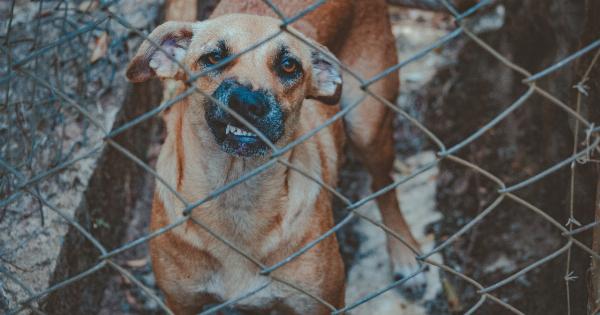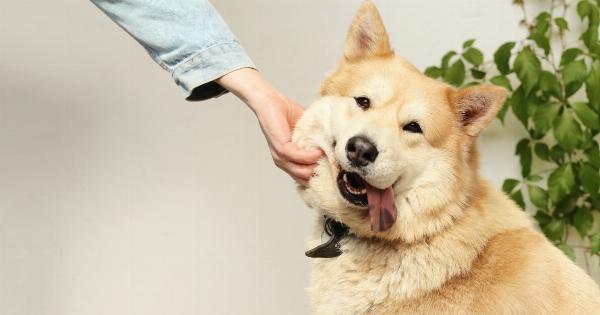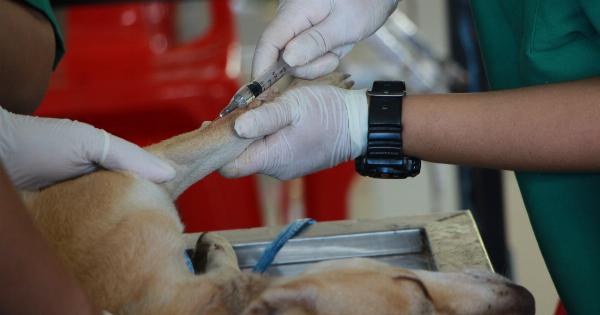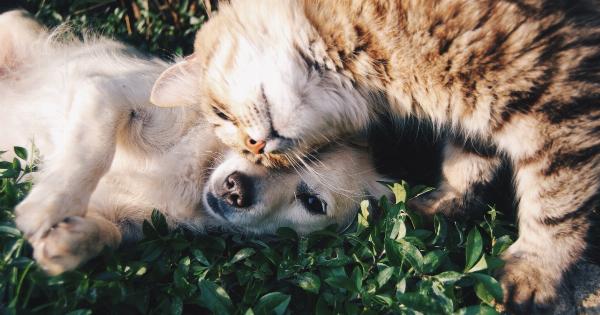Bringing home a new puppy is an exciting time in any pet owner’s life. The joy and anticipation of having a new furry family member is unmatched.
However, for some puppies, fear can quickly take over and turn their lives into a constant state of panic. It’s crucial for puppy parents to address their puppy’s fears early on, helping them overcome their anxieties and live happy, well-adjusted lives.
In this article, we will explore various strategies to help your puppy overcome their fears and ensure they grow up to be confident and fearless companions.
Understanding Puppy Fear
Puppies, just like humans, can develop fears and anxieties. They are curious creatures, but they are also more vulnerable and sensitive than adult dogs.
Fear in puppies can be triggered by a variety of factors, including traumatic experiences, lack of socialization, or genetic temperament. Common fears in puppies include loud noises, new environments, unfamiliar people or animals, and being left alone.
The Importance of Early Socialization
One of the most effective ways to prevent fear-related issues in puppies is through early socialization.
Proper socialization exposes puppies to a wide range of positive experiences, ensuring they become familiar and comfortable with various people, places, and situations. This exposure helps them develop resilience and confidence, minimizing the risk of fear-based behaviors later in life.
Introducing your puppy to new environments, friendly people of different ages, and other well-mannered dogs is crucial during their first few months.
Gradual exposure, using positive reinforcement techniques, will help your puppy build positive associations and alleviate their fears. Enrolling in puppy training classes, where they can interact with other puppies, is also highly recommended.
Recognizing Fearful Behavior
It’s important for pet owners to recognize the signs of fear in their puppies. Some common indicators include trembling, cowering, avoidance, excessive drooling, panting, or tail tucking.
In extreme cases, puppies may exhibit aggressive behavior as a defense mechanism when they feel threatened or scared.
It’s crucial to respond to your puppy’s fear in a calm and reassuring manner. Punishing or scolding your puppy will only exacerbate their fear and may cause long-term behavioral issues.
Instead, focus on creating positive experiences and gradually desensitizing them to the source of their fear.
Positive Reinforcement Training
Positive reinforcement training is a highly effective method for helping puppies overcome their fears. This training technique involves rewarding desired behaviors with treats, praise, or play, reinforcing positive associations.
By rewarding your puppy for displaying brave and confident behavior, you can help them build resilience and gradually overcome their fears.
For example, if your puppy is scared of loud noises, start by exposing them to low volumes of the sound while giving them treats or playing with them. As your puppy becomes more comfortable, gradually increase the volume while continuing to reward them.
This approach helps your puppy associate the previously scary noise with positive experiences.
Gradual Desensitization
Gradual desensitization, combined with positive reinforcement, is a powerful technique to overcome puppy fears.
This approach involves exposing your puppy to their fear-inducing stimulus, such as a vacuum cleaner or crowded environment, in a controlled and gradual manner.
Start by exposing your puppy to a mild version of the stimulus and slowly increase the intensity or duration over time. Provide positive reinforcement and encouragement throughout the process.
It’s essential to ensure your puppy always feels safe and supported during desensitization exercises.
Seeking Professional Help
If your puppy’s fear is severe or persists despite your efforts, it may be beneficial to seek professional help. A certified dog behaviorist or trainer can provide expert guidance tailored to your puppy’s specific needs.
They can help develop a customized training plan and provide you with additional strategies to help your puppy overcome their fears.
Professional help is particularly important if your puppy’s fear is impacting their daily life, such as causing aggression, extreme anxiety, or excessive withdrawal from people or activities.
Remember, it’s never a sign of weakness to seek assistance for your furry friend. Rather, it shows your commitment to providing them with the best care and support possible.
Promoting Confidence and Resilience
Building confidence and resilience in puppies is essential to help them overcome their fears. Here are some additional strategies to consider:.
1. Create a Safe and Secure Environment
Ensuring your puppy has a safe and secure environment is crucial. Provide them with a designated space where they can retreat and feel protected when they feel overwhelmed or scared.
Use positive reinforcement to encourage them to explore new areas and gradually expand their comfort zone.
2. Provide Mental and Physical Stimulation
Puppies thrive when they have both mental and physical stimulation. Engage your puppy in regular play sessions, interactive toys, and puzzle games that challenge their minds.
Mental stimulation helps tire out their brain, reducing anxiety and preventing excessive worrying.
3. Consistency and Routine
Establishing a consistent routine can help alleviate anxiety in puppies. Feed them at the same times each day, establish consistent sleep patterns, and set regular play and exercise schedules.
Consistency provides a sense of security and allows your puppy to anticipate what will happen next, reducing fear of the unknown.
4. Avoid Reinforcing Fearful Behavior
Avoid reinforcing fearful behavior by not comforting or coddling your puppy when they are scared. While it may be instinctual to cuddle them, this can inadvertently reward their fear response.
Instead, stay calm and provide positive reinforcement when they display confident behavior.
5. Gradually Increase Exposure
When trying to desensitize your puppy to a fear-inducing stimulus, always remember to start small and gradually increase exposure. Pushing your puppy too far, too fast can backfire and reinforce their fear.
Patience and a slow progression will yield better results in the long run.
6. Lead by Example
Your puppy looks to you for guidance and reassurance. If you remain calm and confident in the face of their fears, it will help them feel more secure.
Dogs are highly intuitive and can pick up on our emotions, so projecting confidence will positively influence their behavior.
Conclusion
While puppy panic and fear may initially dominate your furry friend’s life, with the right approach, support, and training, they can overcome these anxieties and live a fearless, happy life.
Early socialization, positive reinforcement training, gradual desensitization, and seeking professional help when needed are all essential components in helping your puppy become a confident and resilient companion. Together, you and your puppy can conquer their fears and build a long-lasting bond based on trust and courage.





























